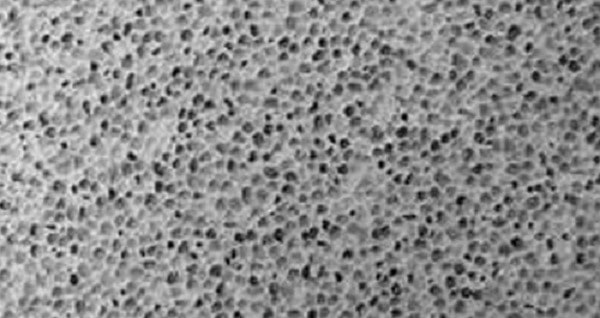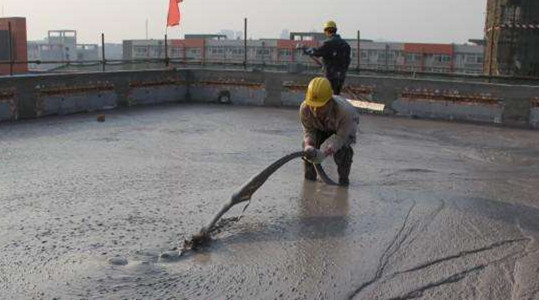Professional solutions on concrete addtives, Concrete Foaming Agent, Superplasticizer, CLC Blocks Additives, and foaming machine
(How to avoid deformation and cracking of foamed concrete materials)
Foam concrete is prone to cracking during maintenance, mainly caused by unscientific construction and maintenance of the proportioning. Luchuang has a series of solutions. In the years of construction, Luchuang has accurate material proportions for different climatic conditions and different terrains. The construction quality is industry-leading.
Aggregates rarely change during concrete hardening and use unless there is a significant volume change due to heat and cold. Chemical shrinkage, carbonization shrinkage, drying shrinkage, etc., all come from cement slurry. Foam concrete is mainly composed of cement and does not contain aggregates, determining its considerable shrinkage.
The strength development of foamed concrete is relatively slow in the initial curing stage, and its low thermal conductivity makes it difficult for the heat generated by hydration to be discharged to the outside in time, which often leads to a sharp increase in the initial temperature of foamed concrete, resulting in volume expansion. Internal thermal stress and cracks are generated.
The strength of foamed concrete is at a low level (generally not higher than 10MPa) even after it is completely hardened, so any abnormal external mechanical force will also cause its deformation or even cracking and failure. Possible technical approaches to reduce shrinkage and control cracking of foamed concrete.
Based on the above-mentioned analysis of the volume deformation phenomenon and internal causes of concrete in the process of hydration and hardening and use, and the study of the similarities and differences between foam concrete and ordinary structural concrete in terms of composition, structure, and performance, combined with foam concrete preparation and application may appear In this paper, the following possible technical approaches are proposed on how to reduce the shrinkage and control cracking of foamed concrete.
1) Use fast-hardening and low-heating cement as the cementitious material for foam concrete;
2) Add an appropriate amount of fine aggregate, and choose a reasonable mix of cement and sand;
3) Strengthen early maintenance and timely heat dissipation to reduce artificial abnormal external mechanical impact;
4) Introduce appropriate and appropriate expansion components to make up for volume shrinkage; reduce space constraints and increase free deformation components.
TRUNNANO is a concrete additives supplier with over 12 years experience in nano-building energy conservation and nanotechnology development. We accept payment via Credit Card, T/T, West Union and Paypal. Trunnano will ship the goods to customers overseas through FedEx, DHL, by air, or by sea.
If you are looking for high quality foaming agent, please feel free to contact us and send an inquiry.
sales@cabr-concrete.com
(How to avoid deformation and cracking of foamed concrete materials)








